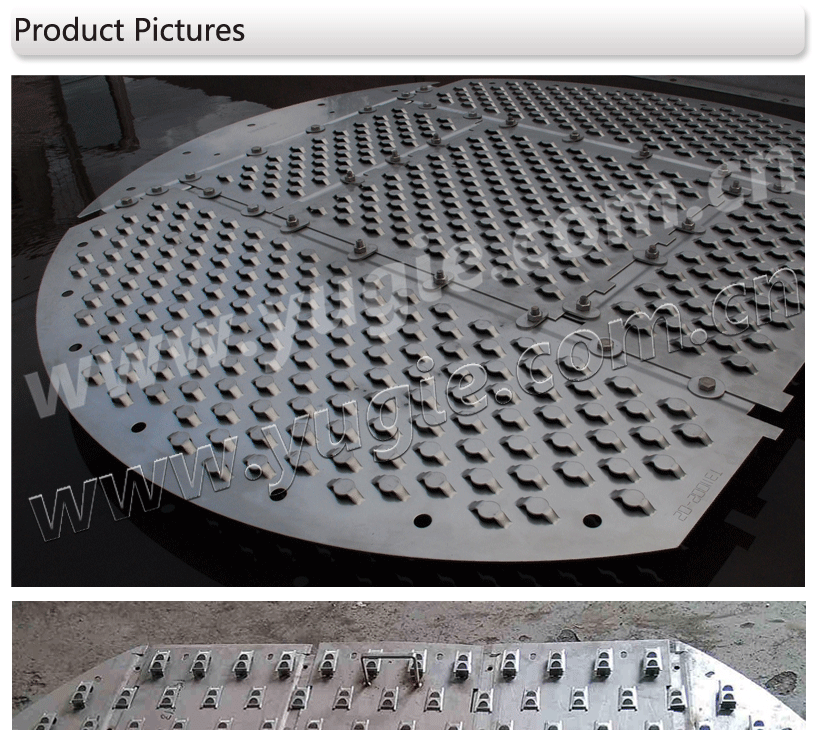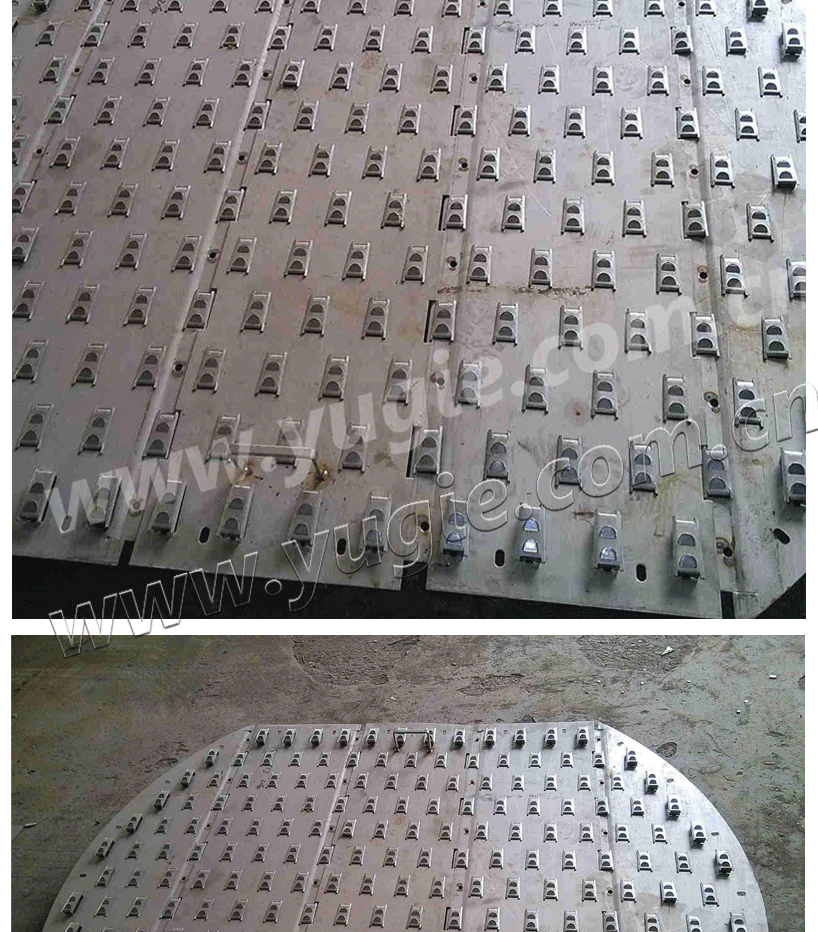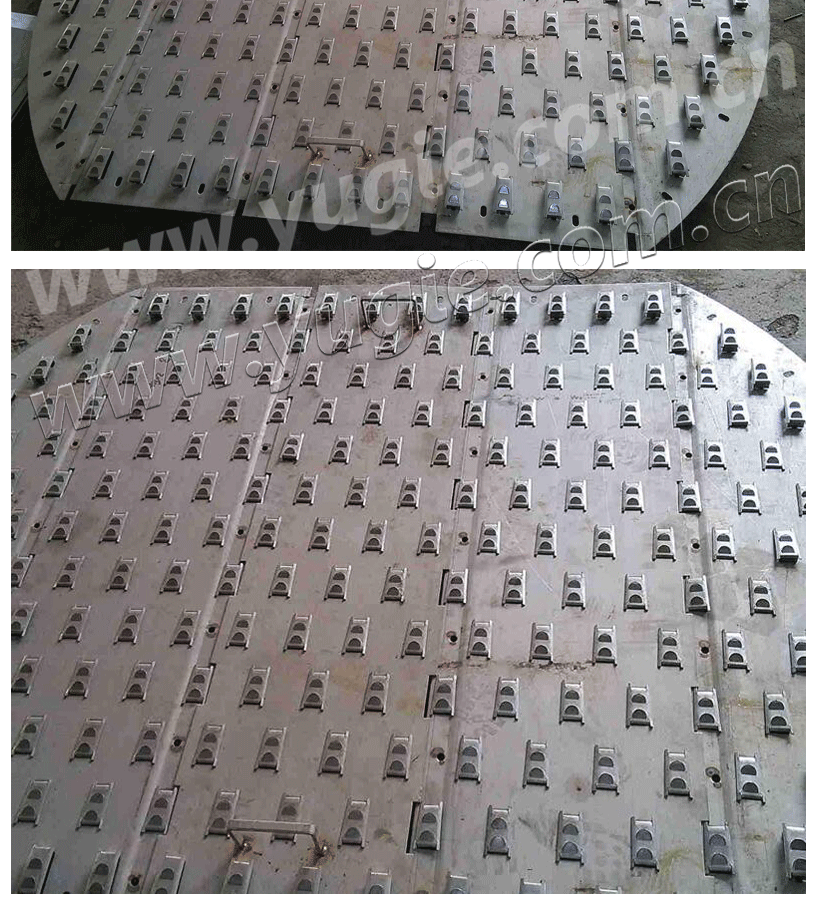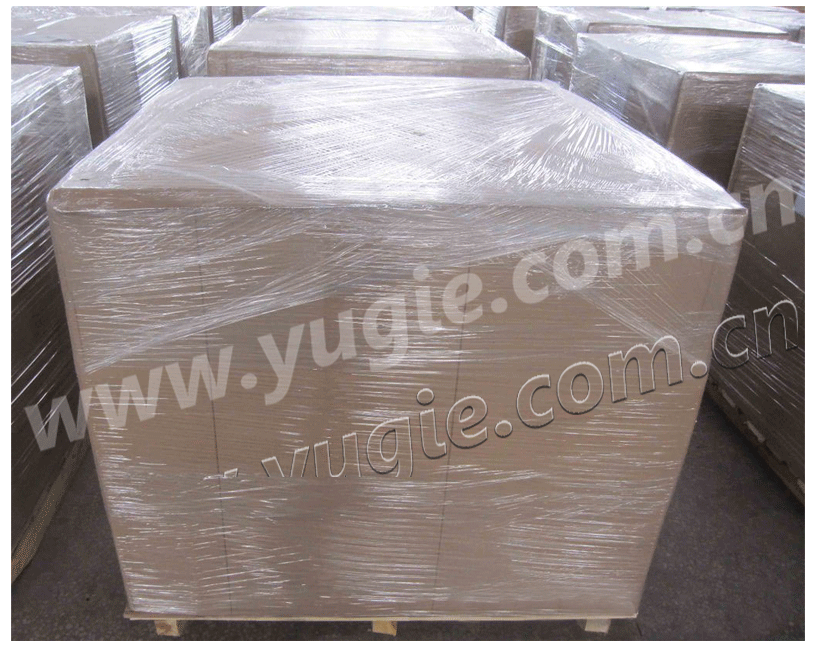A Valve Tray is a flat perforated plate, with each perforation fitted with a movable disk (the "valve"). The perforations and disks may be circular or rectangular. The disks (valves) are the movable component of the tray.The valves will move up or down in response to changing vapour flow rates. At normal flow rate, the valve is roughly in the middle position. At low vapour rates, the disk settles over the perforation and covers it to avoid liquid weeping. The valves should be heavy enough to prevent excessive opening at low vapour flowrates. As the vapour rate is increased, the disk rises vertically. The upward movement of the disk is restricted either by retaining legs or a cage. Weeping may result if excessive valve opening occurs prematurely. This will reduce the tray turndown.In dirty or fouling services, the valves may get stuck due to the build-up of sludge or corrosion products around the valve. "Sticking " valves reduce the tray open area and can lead to premature flooding.Valve trays offer larger operating range and greater capacity compared to sieve trays. In terms of cost, valve trays are more expensive than sieve trays.




